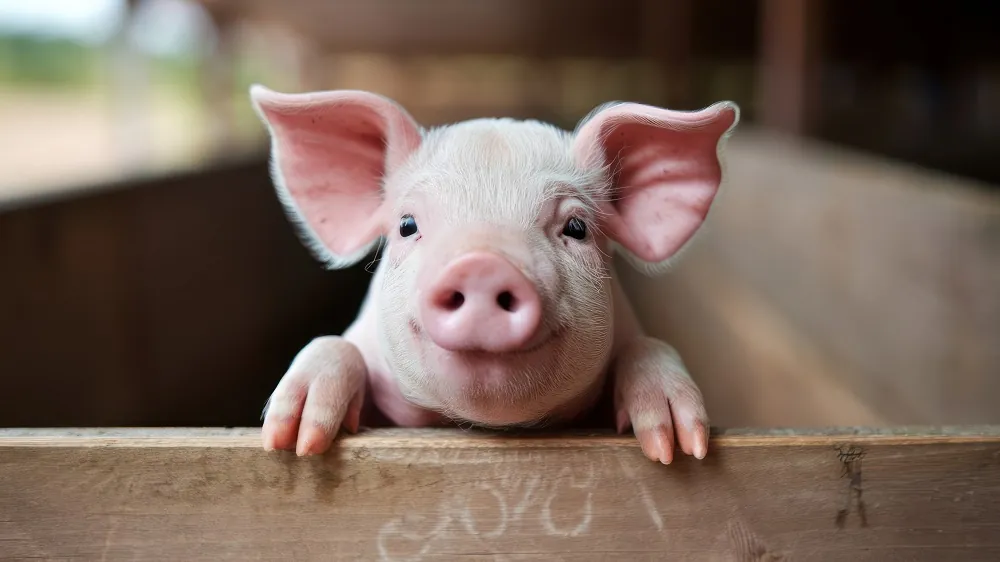A recent study published in Nature Cell Biology has revealed that guinea pigs can serve as an alternative model for studying early embryonic development, significantly advancing our understanding of this critical biological process. Conducted by researchers at Karolinska Institutet in collaboration with Université de Montréal, this research highlights the similarities between guinea pig and human embryos, which could have substantial implications for the fields of fertility and developmental biology.
Understanding Embryonic Development
Studying human embryonic development directly poses significant ethical and technical challenges. As a consequence, researchers often turn to animal models to glean insights into the biological processes governing embryogenesis. The findings of this recent study indicate that guinea pig embryos share many characteristics with human embryos during the preimplantation phase, thereby offering a valuable research alternative.
Study Findings
The researchers utilized advanced single-cell RNA sequencing to construct a time course of in vivo guinea pig preimplantation development. They provided substantial evidence supporting the resemblance of guinea pigs to humans in key developmental aspects:
- Preimplantation Development: The study found that the timing of preimplantation development in guinea pigs closely aligns with that of humans.
- Embryo Attachment Mechanism: The processes governing embryo attachment are remarkably similar in both species, potentially regulated by retinoic acids and the nuclear receptor NR2F2.
- Conserved Pathways: Significant developmental pathways—specifically the Hippo, MEK-ERK, and JAK-STAT systems—are conserved and play a role in the differentiation of embryonic cells in both guinea pigs and humans.
- Gene Expression Patterns: Key genes involved in the development of the embryo's preliminary cell layers are expressed similarly in both species.
Comparison of Preimplantation Development
The guinea pig model presents several advantages over traditional laboratory animals, such as mice. The following table outlines the key differences and similarities:
| Feature | Guinea Pig | Mice |
|---|---|---|
| Preimplantation Development Timing | Similar to humans | Different from humans |
| Implantation Process | Embryo penetrates uterine lining | Different implantation method |
| Placental Structure | Similar to humans | Less similar to humans |
Implications for Future Research
This research opens several avenues for future investigations. The guinea pig model could provide crucial insight into the following areas:
- Fertility Treatments: Understanding implantation processes may provide cues for improving assisted reproduction techniques.
- Environmental Effects on Health: Researchers can explore how early environmental changes, like chemical exposure, impact embryonic health and future outcomes.
- Development-related Diseases: By utilizing guinea pigs, scientists can investigate the roots of various developmental disorders more effectively.
“Guinea pigs can become a valuable model for understanding how early disturbances in development can affect health later in life. Since guinea pig development mirrors that of humans, we can gain more reliable insights into how the embryo's environment affects its future.” – Sophie Petropoulos, Lead Researcher
Conclusions
The study conducted by Petropoulos and colleagues presents a compelling case for the guinea pig as a model organism in embryonic research. Their findings suggest that utilizing guinea pigs could enhance our understanding of human embryogenesis and inform future applications in reproductive health and regenerative medicine.
Further Reading
For more on this study, refer to the full text of the paper: The guinea pig serves as an alternative model to study human preimplantation development published in Nature Cell Biology (2025). DOI: 10.1038/s41556-025-01642-9.
References
- Canizo, J. R., et al. (2025). The guinea pig serves as an alternative model to study human preimplantation development. _Nature Cell Biology_. DOI: 10.1038/s41556-025-01642-9.













Discussion